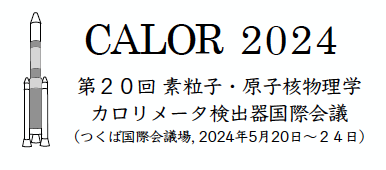Speaker
Description
The CMS Electromagnetic Calorimeter (ECAL) is the largest calorimeter operating in a high energy physics experiment. During the course of the LHC Run 1, Run 2, and Run 3, ECAL has made essential contributions to the CMS physics program by precisely measuring the energy, position, and time of arrival of photons and electrons, and of hadronic jets. Among the masterpieces of physics results achieved with its excellent energy resolution is the observation of the Higgs boson in its two photon decay, in 2012, and the precise measurement of its properties.
Operating a lead-tungstate scintillating calorimeter to such high precision and in a harsh radiation environment requires full control of the environmental conditions, such as temperature and bias voltages of the photodetectors, and a continuous correction of the crystal response changes. The latter is achieved via a dedicated laser-based system, monitoring the response on a timescale of one hour, and via a series of calibration techniques that allow to fine tune residual corrections using physics candles on a timescale of few days, depending on the candle and on the machine luminosity. This talk focuses on the challenges faced over the recent Run 3 years - experiencing the largest increase in LHC luminosity - and describes the techniques developed and the achieved results, also including the evolution of the monitoring system in preparation of the High Luminosity phase of the LHC.
